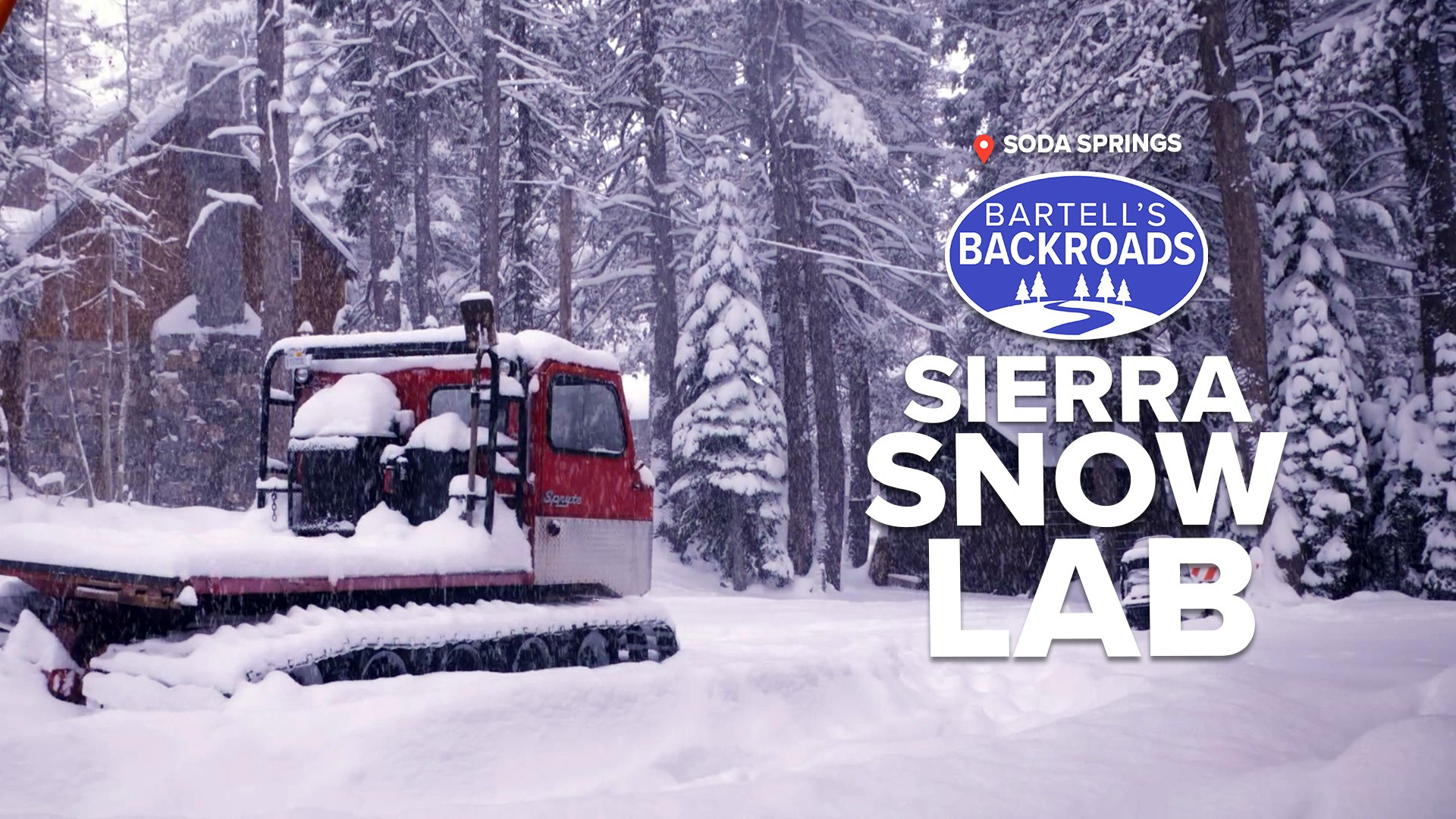SODA SPRINGS, Calif — When the snow starts to pile up in the mountains, so does the workload for Andrew Schwartz. He’s a scientist with the UC Berkley Central Sierra Snow Laboratory in Soda Springs and if you want to talk to him, you have to trudge through the snow to meet him. There is a road to his office, but unlike Interstate 80, it rarely gets plowed and for good reason.
“We tend not to trample too far off trail because we are taking measurements,” said Schwartz.
Scientists at the Snow Lab, as it’s known, do pretty much what you would expect: they study snow. The research at this facility goes back to the mid-1940s.
“The government, the Army Corps of Engineers, realized we didn’t know much about hydrology and had trouble managing some of our dams,” said Schwartz.
TAKE A TRIP ON BARTELL'S BACKROADS:
► See an interactive map of everywhere John has visited on the backroads
► Watch all of the Backroads videos
► Follow John on Facebook
To learn more about hydrology, scientists set up a variety of snow measuring instruments in an open meadow in Soda Springs. Snowfall in the winter provides water for rivers in the summer. Schwartz, like the scientists before him, lives at the Snow Lab year-round to provide daily forecasts.


“Not all snow is created equal. This is very much not the Sierra cement that we are used to,” said Schwartz.
The 'Sierra cement' Schwartz is talking about is hard snow packed with moisture. Andrew says for the past several years the lab has recorded light fluffy snow with low moisture, and that’s one factor that leads to drought.
“If we hope to come out of this drought at all, or just maintain it, we absolutely have to have good storm systems throughout the year,” said Schwartz.
You can look over the Snow Lab’s current and past snowpack records on their website.
WATCH MORE: What's at the top of California's highest road? | Bartell's Backroads



















